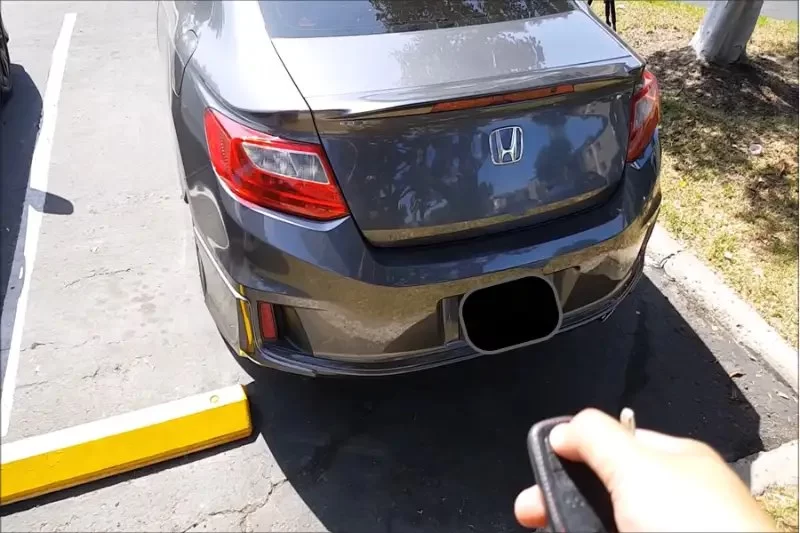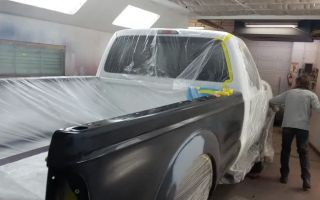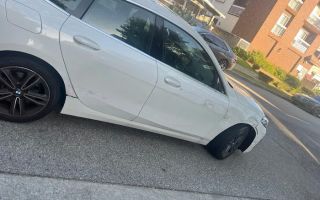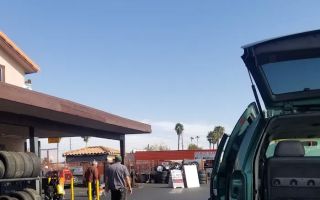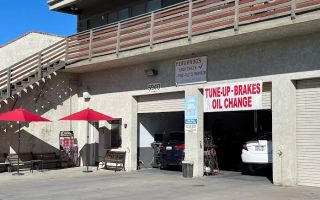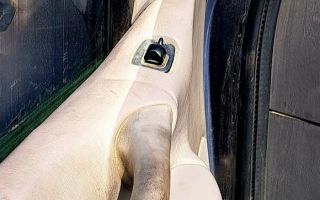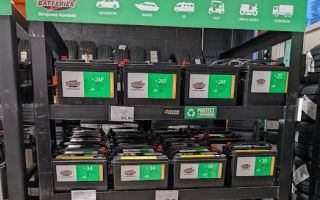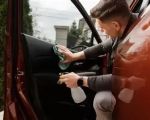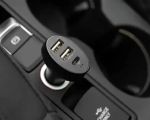- 1-Understanding-Why-Your-Car-Trunk-Wont-Open
- 2-Checking-Common-Mechanical-Issues
- 3-Electrical-Problems-That-Cause-Trunk-Failure
- 4-Manual-Release-Methods-and-DIY-Solutions
- 5-Real-Life-Cases-from-Rescue-and-Towing
- 6-When-to-Call-Professionals
1. Understanding Why Your Car’s Trunk Won’t Open
Few situations are more frustrating than standing behind your vehicle, pressing the trunk button, and realizing nothing happens. Whether you’re trying to load groceries or retrieve tools, a jammed or unresponsive trunk can quickly derail your plans. Understanding what to do if your car’s trunk won’t open starts with identifying the cause — and it’s often a simple one.
Most trunk problems fall into three categories: mechanical issues, electrical failures, or user-related lock malfunctions. Each requires a different approach, and knowing which one you’re dealing with can save you from unnecessary stress or expensive repairs. According to specialists from Rescue & Towing, many drivers experience trunk lock failures due to worn-out latches, damaged wiring, or drained batteries affecting electronic release systems.

United Towing Service Inc.
26170 Adams Ave, Murrieta, CA 92562, USA
2. Checking Common Mechanical Issues
2.1 The Trunk Latch Is Stuck or Broken
Over time, trunk latches can collect dust, rust, or debris, which prevents them from moving freely. A quick spray of lubricant, like WD-40, around the latch area might help loosen it. If you hear the latch click but the trunk doesn’t pop open, the internal mechanism may be misaligned or broken and could need replacement.

Pick Your Part - Help Yourself
1232 Blinn Ave, Wilmington, CA 90744, USA
2.2 Key or Manual Lock Problems
If your car still uses a key slot on the trunk, dirt or corrosion inside the lock cylinder could be preventing it from turning. Try gently cleaning it with a lock lubricant instead of forcing the key, as that might cause it to snap. For vehicles with central locking systems, check if other doors unlock properly — if not, the issue might be with the central lock itself rather than the trunk.
2.3 Misaligned Trunk Hinges
Sometimes, the problem isn’t the lock at all. Misaligned or bent hinges can cause the trunk lid to get stuck even when unlocked. This can happen after minor rear-end collisions or from repeatedly slamming the trunk shut. Adjusting the hinges or seals might be enough to fix the problem temporarily.
3. Electrical Problems That Cause Trunk Failure
3.1 Dead Battery or Faulty Wiring
For modern cars with electronic trunk releases, a dead or weak battery is one of the most common culprits. If your car’s battery is drained, the electronic button won’t send the necessary signal to release the latch. Jump-starting the car can sometimes solve the issue instantly. If that doesn’t work, inspect the wiring for visible damage or loose connections.
3.2 Blown Fuse or Relay Issues
Your trunk release system may rely on a small fuse or relay within the vehicle’s electrical box. A blown fuse can disable the mechanism entirely. Consult your car’s manual to locate the fuse box and identify the one associated with the trunk. Replacing a blown fuse is a simple fix that could restore function immediately.
3.3 Faulty Trunk Release Button or Sensor
If pressing the trunk release on your key fob or dashboard doesn’t work, the switch or sensor could be faulty. Try using a different release method — for example, the interior manual lever — to confirm the issue. A mechanic can test these components with a multimeter to verify whether they’re sending a proper electrical signal.
4. Manual Release Methods and DIY Solutions
4.1 Using the Interior Emergency Release
Most vehicles built after 2001 include an interior emergency release lever inside the trunk. This safety feature allows you to open the trunk from the inside, typically by pulling a glow-in-the-dark handle. If you can access the rear seats, folding them down gives you a way to reach this lever and manually pop the trunk open.
4.2 Checking for Lock Override or Hidden Release
Some vehicles, especially European models, have a hidden mechanical override in the trunk area or near the taillight assembly. Consulting your owner’s manual can help you locate and operate it correctly. Use caution when prying open panels — damaging the lining or lock assembly can make the issue worse.
4.3 When DIY Isn’t Enough
While it’s tempting to troubleshoot everything on your own, forcing the lock or prying the lid open can cause further damage. If your car’s trunk remains jammed, it’s best to call professionals like Rescue & Towing. Their technicians can safely unlock the trunk without damaging paint, locks, or electrical wiring — often resolving the issue within minutes.
5. Real-Life Cases from Rescue & Towing
One Rescue & Towing technician recalls a case involving a sedan whose trunk refused to open after a minor fender bender. The owner assumed the latch was broken, but the issue turned out to be a bent hinge preventing the trunk from lifting. A quick realignment solved the issue, saving the customer from unnecessary part replacements.
In another instance, a driver returning from a weekend trip found their trunk completely unresponsive. The cause? A drained car battery due to an interior light left on overnight. After a quick jump-start and fuse check, the trunk opened without issue. These examples highlight that simple causes often lead to seemingly complex trunk problems — and expert guidance can make all the difference.
6. When to Call Professionals
If you’ve tried basic troubleshooting and your trunk still won’t open, it’s time to bring in the experts. Modern vehicles often include complex locking systems connected to alarms and sensors. Attempting to fix these without proper tools can trigger anti-theft mechanisms or further damage the system.
At Rescue & Towing, trained technicians use specialized tools to diagnose and resolve trunk lock issues efficiently. Whether it’s an electrical failure, mechanical jam, or emergency situation, their team provides fast, reliable roadside help. Knowing what to do if your car’s trunk won’t open is important — but knowing who to call when it happens is even better.

